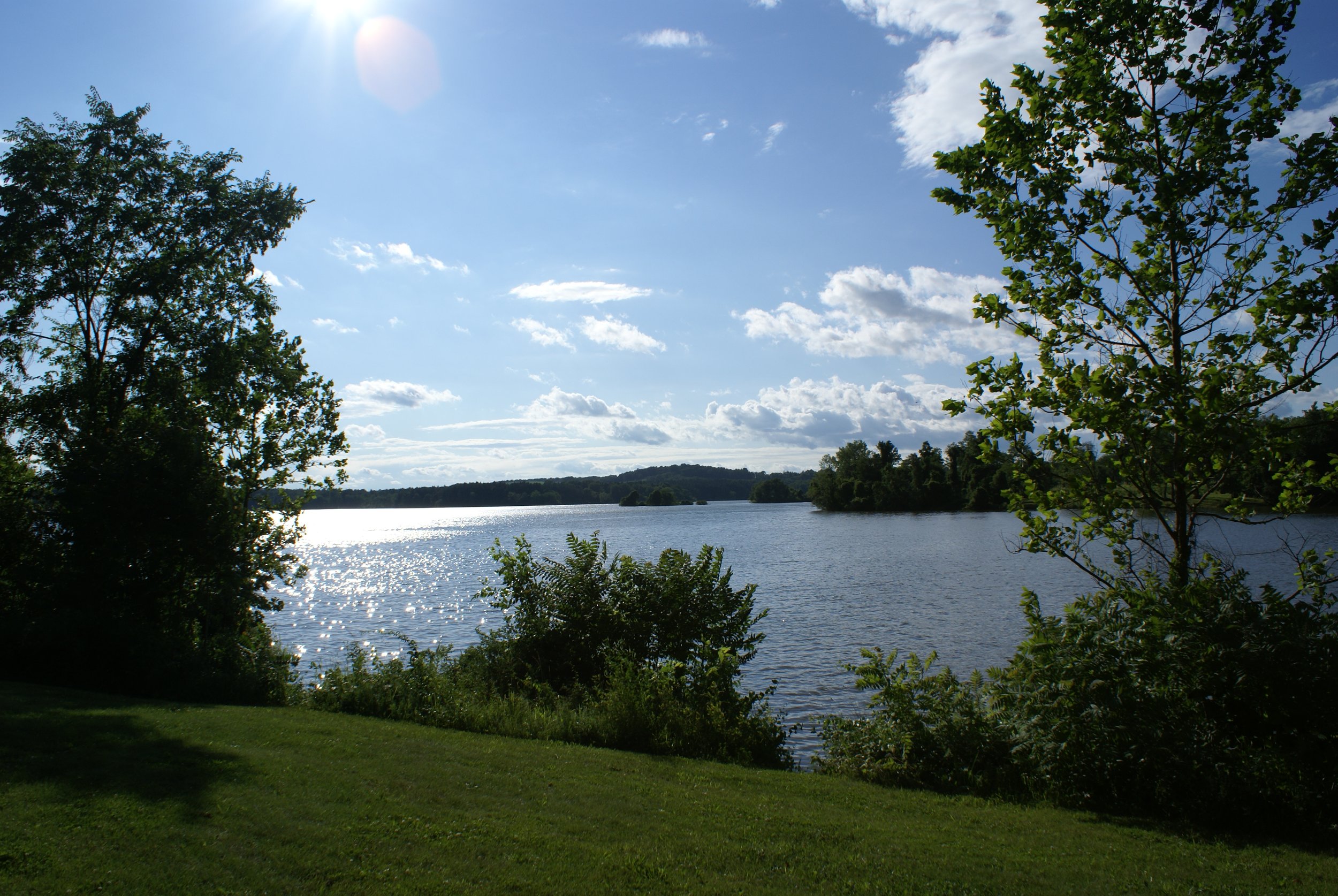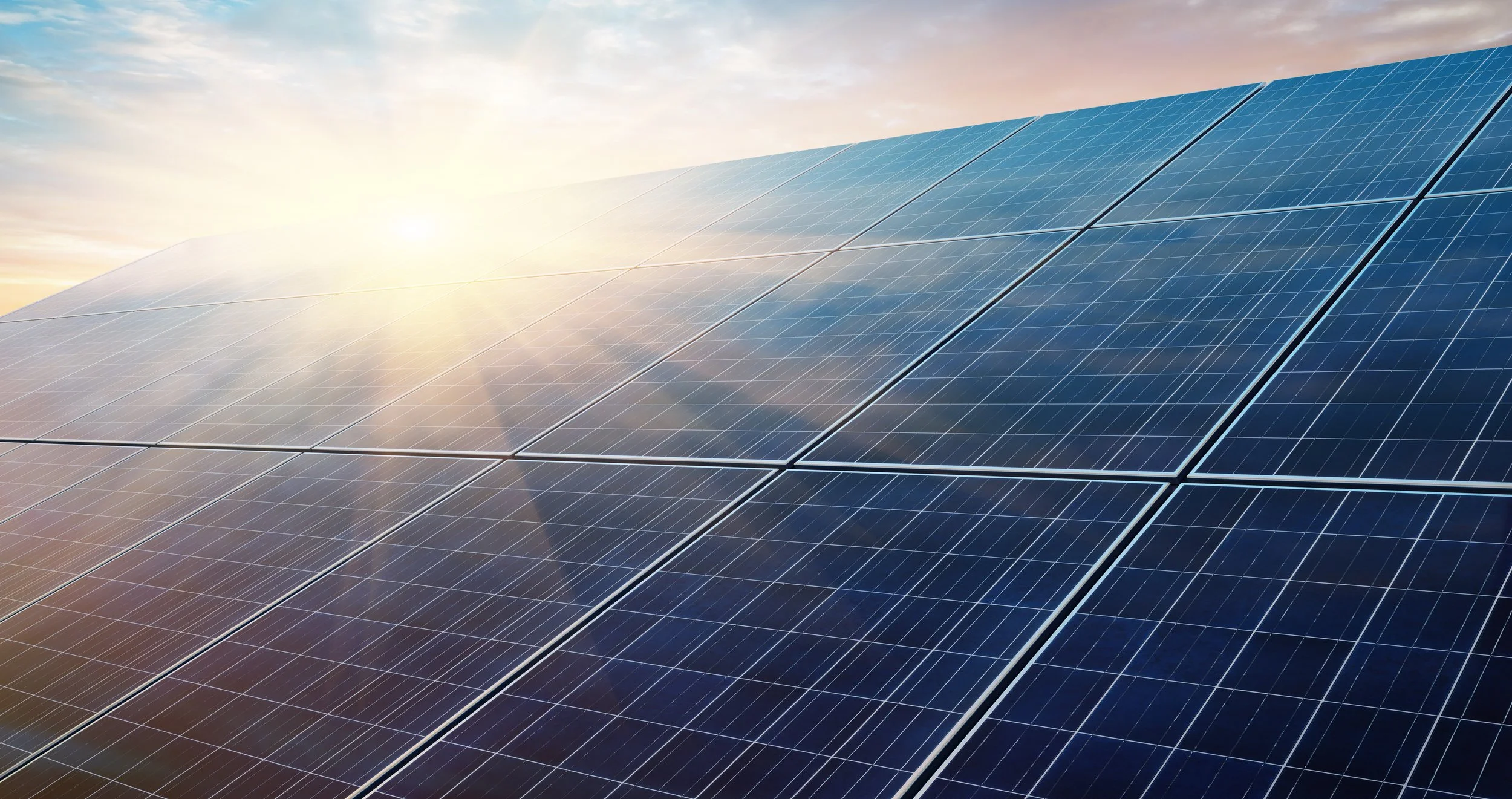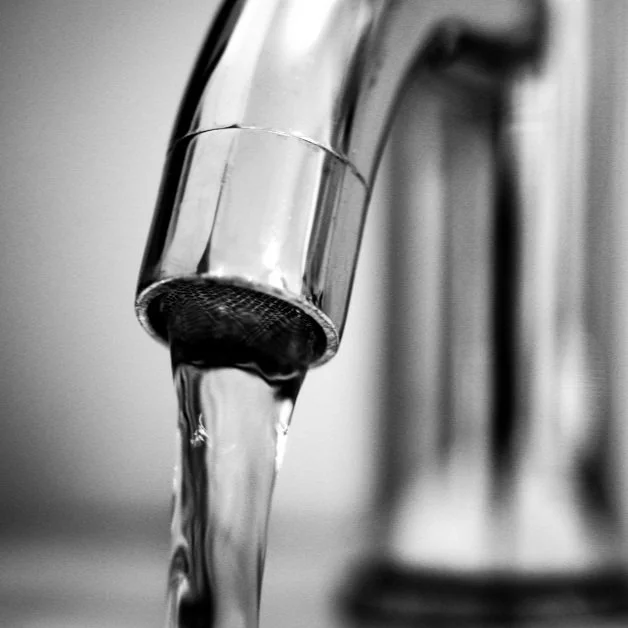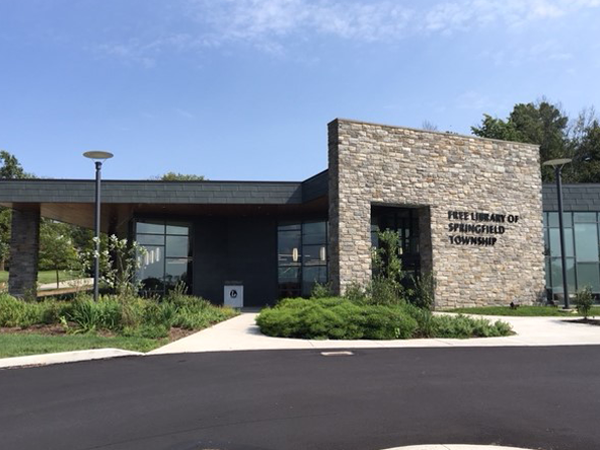Protecting Water Sources
/There is so much to know when it comes to your H2O!
First thing’s first, where does it come from?
The water you drink can come from a surface water source, like a river, stream, lake, or reservoir, or a groundwater source, such as a well or spring.
When it comes to groundwater sources, wells pump water from an aquifer, or water flows from the aquifer through a spring. An aquifer is recharged when rainwater or snowmelt seeps into the ground and is stored in the rock below.
In the case of surface water sources, an intake structure is constructed in the water body to pump water to a treatment plant. Water flows over the land, from high points to low points, collecting in bodies of water, which continue to flow downgradient. The land and water bodies draining to a single location are collectively called a watershed.
Now that we know where the water comes from, why is it important?
It’s important to know the water source for your community because of the risks that come along with it. Because water travels over and through the land before we collect it, there is a chance of pollutants contaminating the water.
When rain falls and runs over and through the land and into source waters, it can carry trash, bacteria, oil, hazardous chemicals, or any other type of pollutant with it. Even when rain falls on undeveloped regions, fertilizers, pesticides, pet and wildlife waste, and soil erosion can be picked up by the runoff and pollute source water.
So, what can be done to keep our source water clean and safe to drink?
Spotts, Stevens and McCoy is a technical partner of the Source Water Protection Technical Assistance Program (SWPTAP), which is funded by the Pennsylvania Department of Environmental Protection (PaDEP). SWPTAP offers funding and technical assistance to public water suppliers looking to develop a source water protection plan for their sources. Participating communities receive a source water protection plan developed specifically for their water system, at no cost to the water supplier.
Our team of professional geologists and environmental specialists delineate protection areas for each well, spring, or intake, which show the land area that contributes to the source. Once protection areas are delineated, a list of potential sources of contamination within the areas is compiled, and strategies for managing the protection areas are considered.
In addition to our participation in SWPTAP, our team can also develop plans for emergencies at a water system, and investigate and develop back up water supply options in the event they are needed.
The best reason to make sure your water supply is safe is for you!
Benefits of source water source protection include:
Public Health protection- keeps contaminants out of water.
Reduced treatment costs- clean water is less costly to treat and reduces system operation and maintenance costs.
Economic benefits- clean water will enhance your communities’ chances of attracting employers and possibly tourists to the now beautifully clean region.
Environmental stewardship- protecting water will sustain the native ecosystem and improve quality of life for the future.
At Spotts, Stevens, and McCoy we are always looking for new, better ways to protect your drinking water. By protecting your source of drinking water, we protect the future of the environment for generations to come.




















